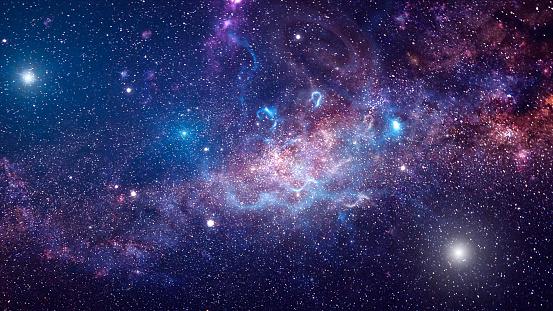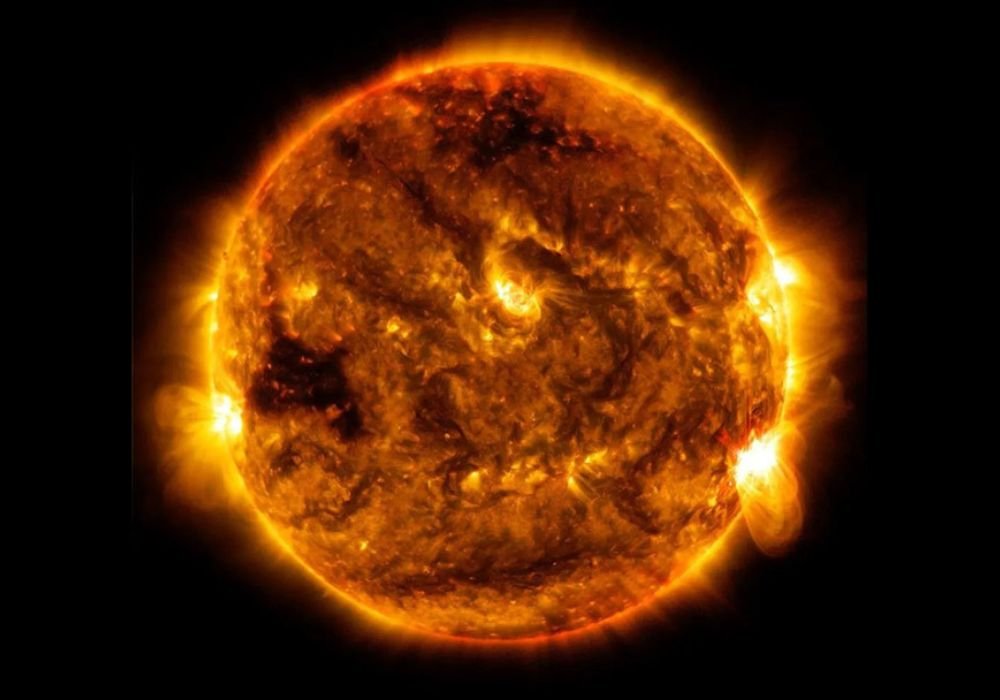Although there is consensus among scientists that the Sun will die in about five billion years, how this decline will occur has divided experts. In 2018, an international team of astronomers discovered: Instead of ending its life as a bright nebula, our parent star will end as a dimmer nebula..
According to research published in the journal Nature Astronomy, The cloud of dust and gas that will form after the death of the Sun will be of the type known as a “planetary nebula”.. According to the computational models used, this is the pattern followed by 90% of other stars; This process develops into red giants before this stage and then shrinks into white dwarfs.
For a long time, scientists did not know whether the Sun could form a visible planetary nebula in its final days. This is because its mass is considered very low.
How will the death of the Sun occur?
According to astrophysicist Albert Zijlstra of the University of Manchester, “when a star dies, it ejects a huge mass of gas and dust. – known as adverb – into space.” The paper’s co-author says such an envelope could be half the mass of the star, at which point the star would completely shut down and run without fuel until it dies.
At that moment, the heat coming from the star core “causing the thrown envelope to glow brightly for approximately 10,000 years”. During this astronomically short period, the planetary nebula will become visible even in regions where the original star is too dim to be seen.
Although scientists have known for almost 30 years that it is possible to calculate the distance of nebulae by simply observing their brightness, the models did not match the theory. “Older, low-mass stars should form much fainter planetary nebulae than young, more massive stars,” Zijlstra said.
New formula regarding the death of the Sun

In the model created in 2018, the brightness function of the planetary nebula serves as a diagnostic function for intermediate stars. The study states that after the envelope was launched, “the stars heated up three times faster than in older models.”
This makes Even a low-mass star like the Sun can form a bright planetary nebula.. A star with a mass less than 1.1 times ours will not be able to produce it. On the other hand, stars three times more massive than the Sun will produce brighter nebulae.
Even so, one thing is certain: we will not be here before the Sun turns into a red giant, because in a billion years from now the brightness of our star will increase by 10%, Enough to destroy all life on Earth.
Stay up to date with the latest astronomical studies at TecMundo. If you wish, take the opportunity to read about what we can expect from solar maximum.
Source: Tec Mundo
I’m Blaine Morgan, an experienced journalist and writer with over 8 years of experience in the tech industry. My expertise lies in writing about technology news and trends, covering everything from cutting-edge gadgets to emerging software developments. I’ve written for several leading publications including Gadget Onus where I am an author.













